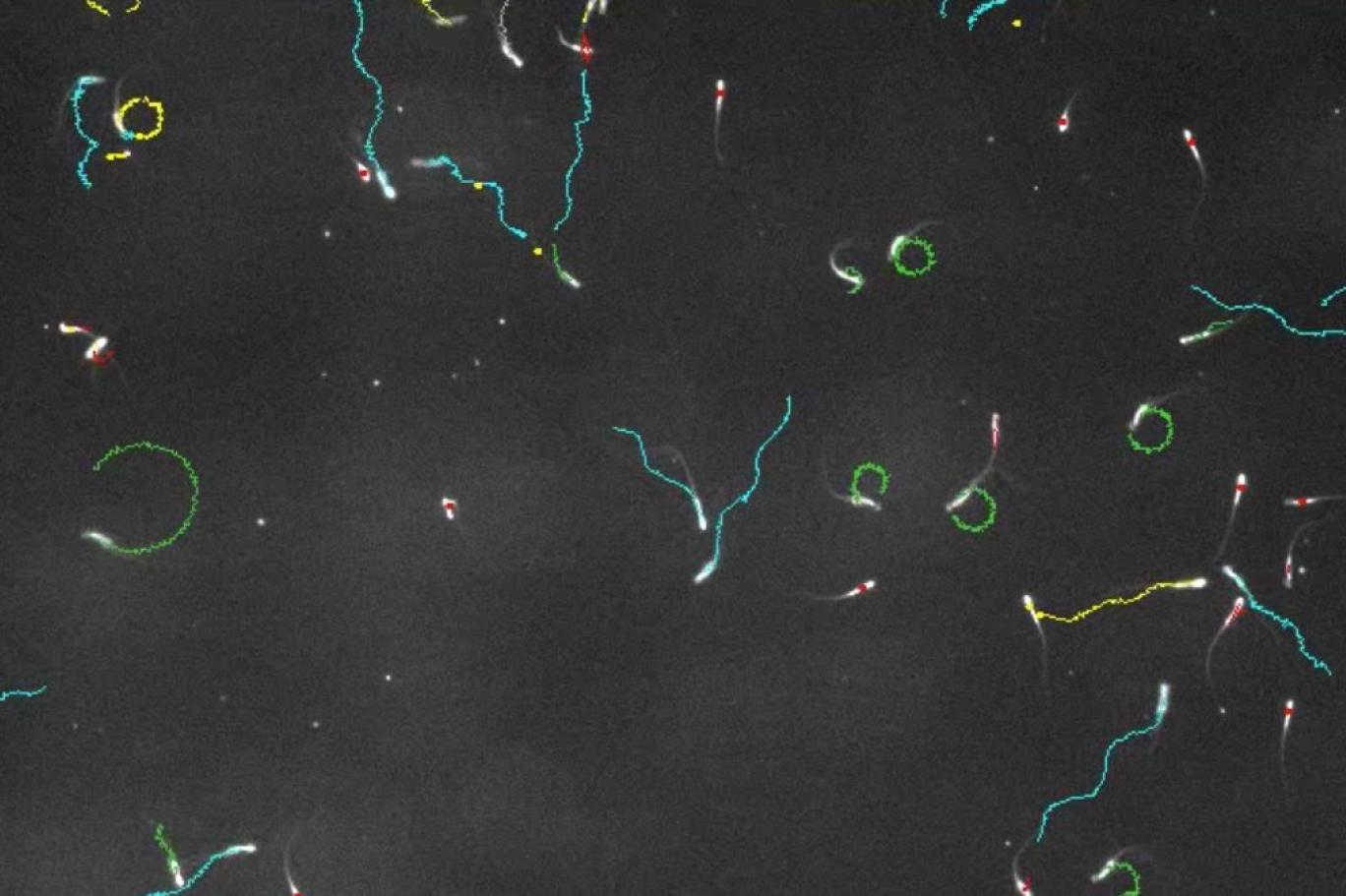A breakthrough in window coating technology has emerged, providing a solution to the longstanding challenge of excessive heat gain through windows without compromising visibility of the surroundings.
Developed by a team led by Tengfei Luo, the Dorini Family Professor for Energy Studies at the University of Notre Dame, this innovative coating effectively blocks heat-producing ultraviolet and infrared light while allowing visible light to pass through, regardless of the sun’s position. This breakthrough holds immense potential for significantly reducing cooling costs, particularly in hot climates.
“Our coating maintains functionality and efficiency whatever the sun’s position in the sky,” explains Tengfei Luo.
Traditional window coatings have been optimized for light entering at a 90-degree angle, which is not always the case, especially during peak sunlight hours. To overcome this limitation, Luo and his team devised a transparent window coating comprised of ultra-thin layers of silica, alumina, and titanium oxide on a glass base. They further enhanced cooling efficiency by incorporating a micrometer-thick silicon polymer, which reflects thermal radiation into outer space.
However, optimizing the coating for various angles of solar light required a novel approach. Leveraging quantum computing, specifically quantum annealing, the team determined the optimal configuration of layers to maximize visible light transmission while minimizing the passage of heat-producing wavelengths.
The resulting coating maintains transparency while reducing temperatures by 5.4 to 7.2 degrees Celsius in a model room, even when light enters at oblique angles. Moreover, the methodology employed in creating this coating can be extended to design a wide range of materials with complex properties, offering possibilities beyond window coatings.
“Like polarized sunglasses, our coating lessens the intensity of incoming light, but unlike sunglasses, our coating remains clear and effective even when you tilt it at different angles,” notes Luo.
This innovative structure can be seamlessly incorporated into existing windows in buildings or automobiles, effectively reducing cooling energy consumption. The active learning scheme employed in its creation can also be applied to design materials with complex properties in various domains.
The study, titled “Wide-angle spectral filter for energy-saving windows designed by quantum annealing-enhanced active learning,” was published in the journal Cell Reports Physical Science.



